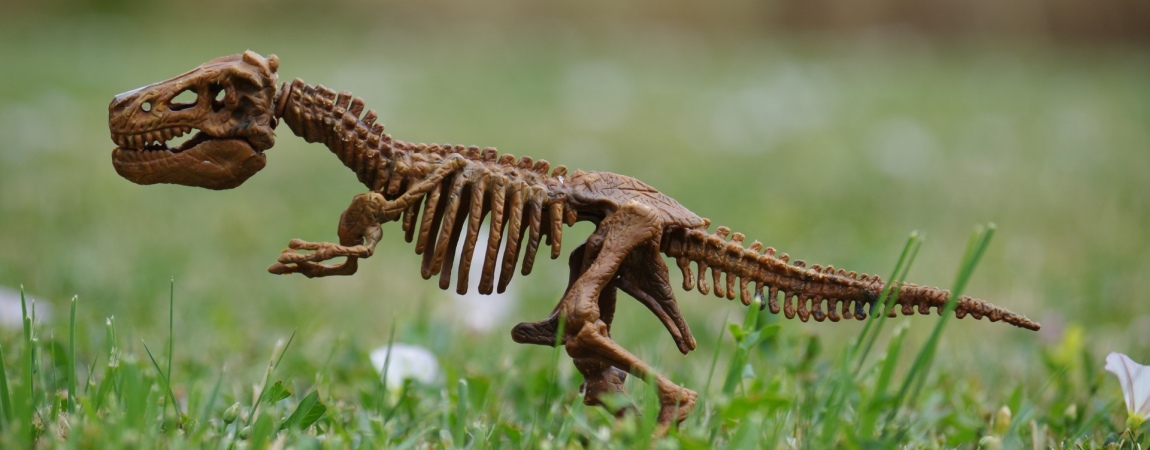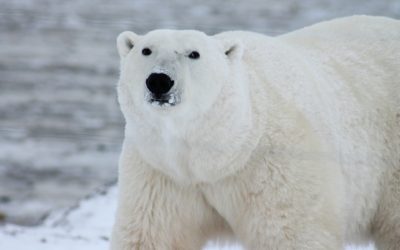Pictures, paintings, skeletons in museums and any other visual depictions of Dinosaurs always evoke a sense of mystery and awe in the viewers. These often gigantic creatures who lived in an entirely different world and atmospheric conditions than what we know today, never fails to mesmerize and thrill us with their fascinating physiological features and the inspiring ways in which life has evolved on our planet.
Dinosaurs evolved on Earth about 230 million years ago (mya) during the early Mesozoic Era, which was also called as the ”Age of the Reptiles”. Mesozoic Era is an interval of geological time from about 250 million to 66 mya. During that Era, from the Triassic period to the end of Cretaceous period, for more than 130 million years, a variety of dinosaurs – about 500 different types of them – ruled our planet.
Dinosaur remains have been discovered in every continent on our planet, which point to the fact that they virtually reigned all types of habitats and flourished on all corners of Earth during that time. Earth was entirely different in climatic conditions then and the plant life was completely different than we have now. It was an era of reptiles, that too of huge reptiles, and they roamed a landscape that was dominated by nonflowering trees and plants like ferns and conifers.
The Era of Mega Reptiles
Paleontologists have divided Earth’s prehistory – the days before the recorded history, the days of the early beginnings of our planet and the first steps of life on Earth- into timespans called Eras, with each era further classified into Periods. The early part of the Earth’s prehistory from 542 mya to 251 mya is called the Paleozoic Era or the time of ancient life. Mesozoic Era, which followed this was an Era of enormous changes on Earth. Hoards of new species of plants and animals evolved on our planet during this time period.
At the beginning of this era, the climatic conditions on our planet was warm and there was little or no ice at the poles. Throughout the Mesozoic era there was a constant change in the climatic conditions on the Earth, which led to constant evolutions in life forms. It was literally the ‘age of reptiles’, as a diverse variety of reptilian life forms dominated land, air and water. Apart from the dinosaurs and the other reptiles, the Mesozoic era also saw the emergence of a diverse range of life forms like amphibians, invertebrates, insects and marine animals.
The Mesozoic Era, the time of middle life, which saw the evolution of multitudes of life forms was also an Era of mass extinctions. The Mesozoic Era is further divided into three major geological periods.
1. Triassic Period – During the Triassic period, which lasted from 251 mya to 201 mya, the landmass on our planet was all connected to form a single supercontinent called Pangaea. It was during the middle Triassic period that the first forms of dinosaurs evolved from smaller reptiles, which walked with legs under their body. The first dinosaurs were small in size and their upright posture played an important role in their further evolution.
Dinosaurs like the herbivorous Plateosaurus and the small carnivorous Coelophysis evolved and lived during the Triassic Period.
2. Jurassic Period – The time period from 200 mya to 145 mya is called the Jurassic period. By the late Triassic period, the supercontinent Pangaea had split into two smaller continents named Laurasia and Gondwanaland. This resulted in climatic changes and during Jurassic period the climate on Earth was more moist and mild, which contributed to the growth of forests.
The Jurassic period saw the rise of really big dinosaurs like Megalosaurus (a big carnivorous dinosaur), Brachiosaurus (a tall and long-necked plant eating dinosaur) and Diplodocus (another long-necked herbivore).
3. Cretaceous Period – The Cretaceous period, which lasted from 145 mya to 66 mya, was comparatively with a more warm climate. By the end of this period the landmasses separated into modern day continents and there were numerous inland seas. Dinosaurs went through a lot of evolutionary changes during this period giving shape to wide varieties of life forms. This period also saw the successful evolution and domination of birds and flowering plants.
Dinosaurs like Tyrannosaurus rex (one of the biggest meat-eating dinosaurs that ever lived) and Triceratops (the three-horned, four-footed herbivore) roamed the Earth during this time period. The Cretaceous period ended with a massive extinction, probably the after effect of an asteroid impact with our planet, which wiped out the dinosaurs along with a majority of the prehistoric life forms from Earth.
Humans have learned a lot about these mega creatures that existed on our planet millions of years ago, thanks to paleontology and paleontologists. Paleontology has helped us make intelligent and often accurate physiological models and behavioral patterns about these extinct giants through the study of the fossilized remains they have left for us on Earth.
Some Mesozoic facts!
1. The atmosphere in the Mesozoic world was totally different from what we have on Earth today. The levels of carbon dioxide in the air was more than the levels of oxygen and the average inland temperature often reached 50° C.
2. The Mesozoic era saw great shifts in the Earth’s climatic conditions. During the early Triassic, the conditions were very dry and desert like. With the emergence of the Jurassic period the climate on Earth became wet leading to the evolution of Tropical forests and other moist habitats.
3. The massive extinction event, which happened at the end of the Mesozoic era led to the destruction of 75% of all species on Earth during that time. This event, which is believed to be the after effects of an asteroid impact in South America, caused destruction across all habitats and ecosystems on the planet.






0 Comments